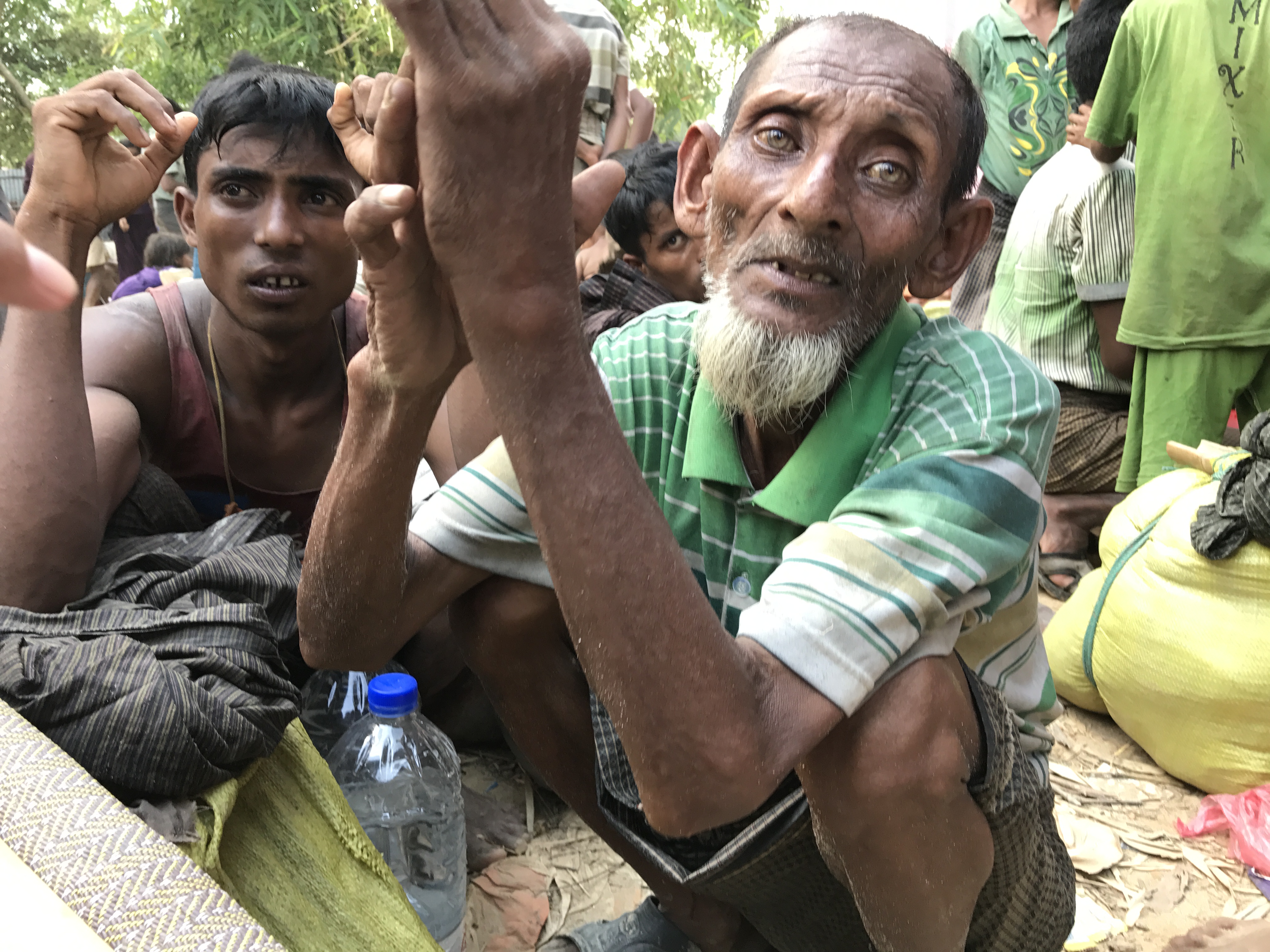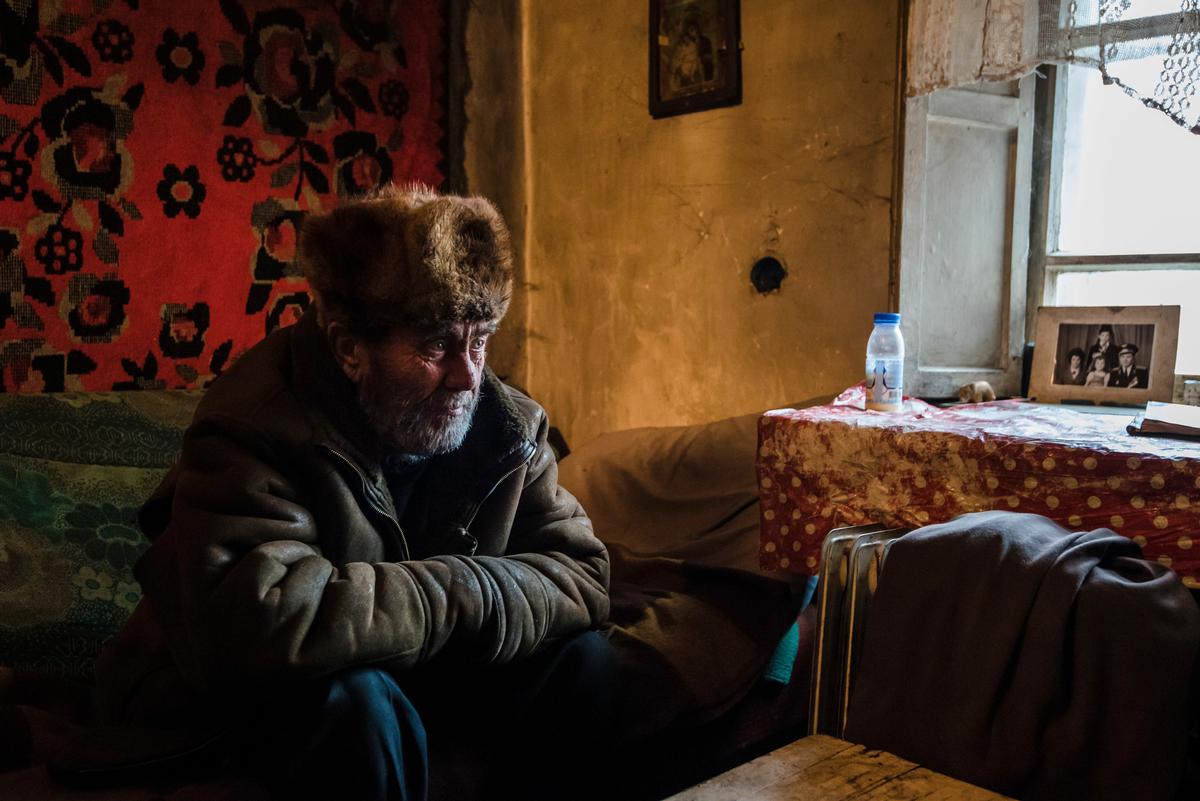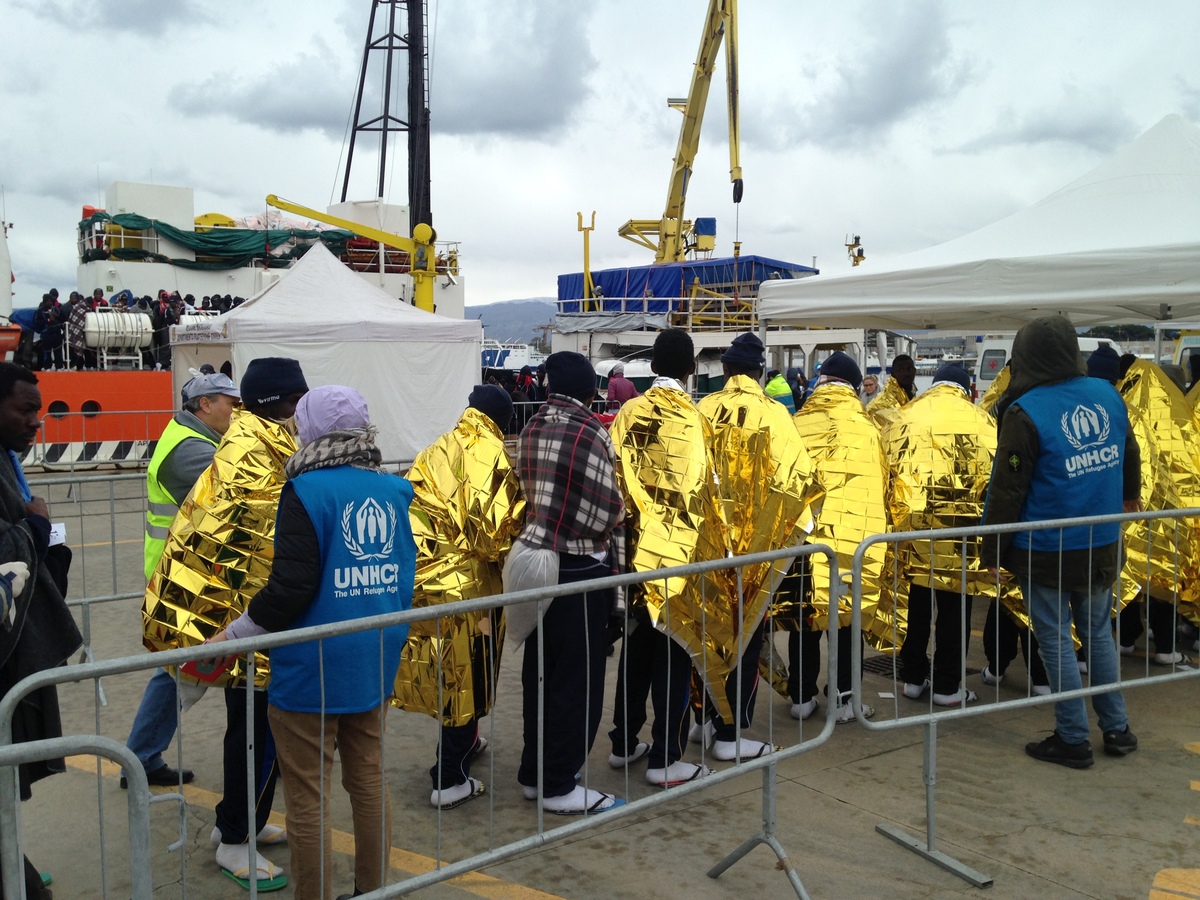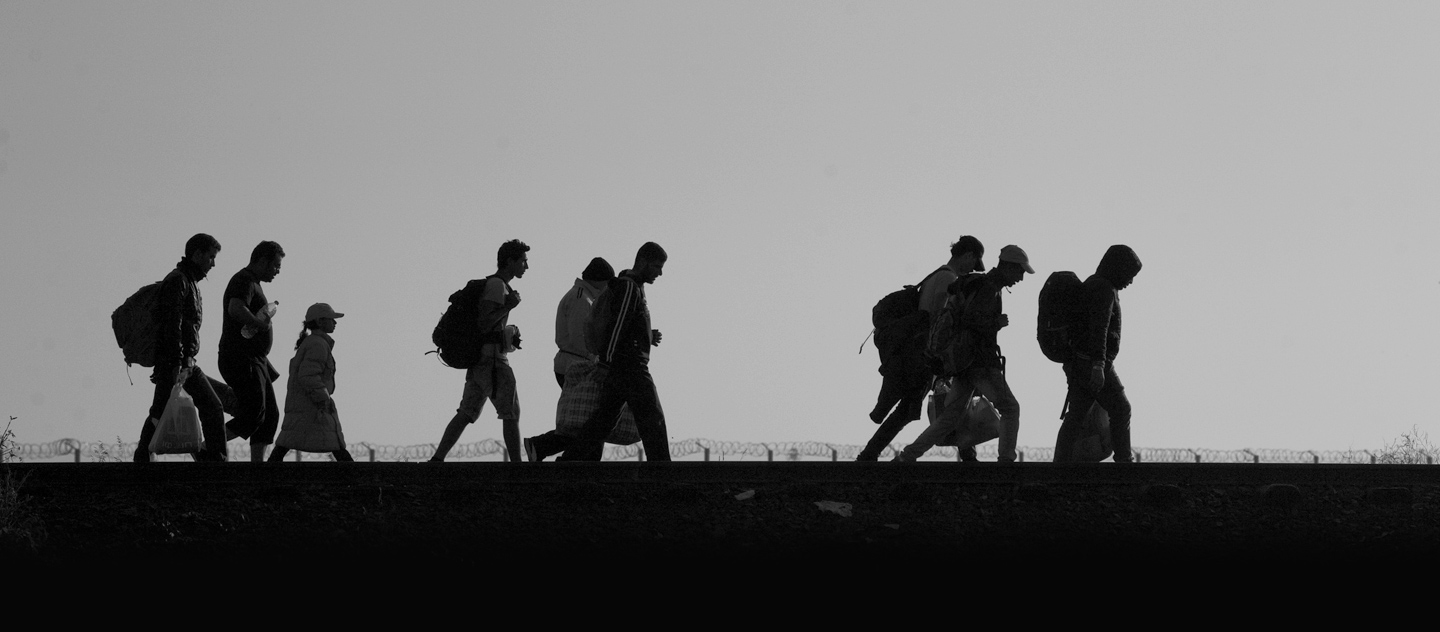Global refugee, internally displaced figures climb for second straight year
Global refugee, internally displaced figures climb for second straight year
Tuesday, 17 June 2008
A new global survey says there were 11.4 million refugees outside their countries and 26 million others displaced internally by conflict or persecution at the end of 2007, contributing to an unprecedented number of uprooted people under the care of the UN refugee agency.
"After a five-year decline in the number of refugees between 2001 and 2005, we have now seen two years of increases, and that's a concern," UN High Commissioner for Refugees António Guterres said in London as he kicked off a week of activities to mark World Refugee Day on June 20. "We are now faced with a complex mix of global challenges that could threaten even more forced displacement in the future. They range from multiple new conflict-related emergencies in world hotspots to bad governance, climate-induced environmental degradation that increases competition for scarce resources, and extreme price hikes that have hit the poor the hardest and are generating instability in many places."
The number of refugees under UNHCR's responsibility rose from 9.9 to 11.4 million by the end of 2007. According to the Internal Displacement Monitoring Centre, the global number of people affected by conflict-induced internal displacement increased from 24.4 million to 26 million. UNHCR currently provides protection or assistance directly or indirectly to 13.7 million of them - up from 12.8 million in 2006. The number of refugees and internally displaced people under UNHCR's care rose by 2.5 million in 2007, reaching an unprecedented 25.1 million by year's end. The statistics come from more than 150 countries.
The report also lists other categories of concern to UNHCR, including stateless people, asylum seekers, returned refugees, returned internally displaced, and 'others.' In all, it lists 31.7 million people entitled to UNHCR support, excluding 4.6 million Palestinian refugees helped by the UN Relief and Works Agency for Palestine Refugees in the Near East.
UNHCR's annual "Global Trends" report distinguishes between refugees - those who flee across international borders to escape persecution and conflict - and internally displaced people (IDPs) who are forced from their homes but remain uprooted within their own countries. When it began work in 1951, UNHCR's mandate was limited to finding solutions for the world's refugees. In recent decades, however, it has also been tasked to work with other UN agencies to help the growing numbers of conflict-generated internally displaced.
Among refugees, the new report notes that Afghans (around 3 million, mainly in Pakistan and Iran) and Iraqis (around 2 million, mainly in Syria and Jordan) accounted for nearly half of all refugees under UNHCR's care worldwide in 2007, followed by Colombians (552,000) in a refugee-like situation, Sudanese (523,000) and Somalis (457,000). It says much of the increase in refugees in 2007 was a result of the volatile situation in Iraq. The top refugee-hosting countries in 2007 included Pakistan, Syria, Iran, Germany and Jordan.
Among the internally displaced, the report cites up to 3 million people in Colombia ( figure used by Constitutional Court); 2.4 million in Iraq; 1.3 million in the Democratic Republic of the Congo; 1.2 million in Uganda; and 1 million in Somalia. In all, it covers 13.7 million IDPs in 23 countries.
"In Iraq, with the sectarian divide and the lack of a comprehensive political solution, the number of internally displaced rose from 1.8 million at the start of the year to close to 2.4 million by the end of 2007," the report says, adding that other increases or new displacement situations were also reported in Afghanistan, the Central African Republic, Chad, Sri Lanka and Yemen.
Some 647,200 individual applications for asylum or refugee status were submitted to governments and UNHCR offices in 154 countries last year - a 5 percent increase and the first rise in four years. The report says the increase can primarily be attributed to the large number of Iraqis seeking asylum in Europe. By nationality, the individual claims included Iraqis (52,000), Somalis (46,100), Eritreans (36,000), Colombians (23,200); Russian Federation (21,800); Ethiopians (21,600) and Zimbabweans (20,700). Top destination countries for individual asylum seekers were the United States, South Africa, Sweden, France, the United Kingdom, Canada and Greece. The report expresses concern over widely varying recognition rates among asylum countries while noting that most refugees are still hosted in their own regions of origin, not in the industrialized world.
Despite the increases in refugees and internally displaced people, it wasn't all bad news.
"UNHCR's goal is to find lasting solutions for refugees," Guterres said. "Those solutions include voluntary repatriation once conditions in countries of origin allow; integration in countries of first asylum; or resettlement to a third country. We can report some progress in all these areas in 2007, but there's still a long way to go."
Some 731,000 refugees were able to go home under voluntary repatriation programmes in 2007, including to Afghanistan (374,000), Southern Sudan (130,700), the Democratic Republic of the Congo (60,000), Iraq (45,400) and Liberia (44,400). In addition, an estimated 2.1 million internally displaced people went home during the year.
Refugee resettlement referrals to third countries increased substantially in 2007, with UNHCR submitting 99,000 individuals for consideration by governments - the highest number in 15 years and an 83 percent increase over the previous year. Even so, less than 1 percent of the world's refugees are resettled by third countries. By the end of the year, 75,300 refugees were admitted by 14 resettlement countries, including the United States (48,300), Canada (11,200), Australia (9,600), Sweden (1,800), Norway (1,100) and New Zealand (740). By nationality, the main beneficiaries of resettlement were refugees from Myanmar, Burundi, Somalia, Iraq, the Democratic Republic of the Congo and Afghanistan.
The year also saw a decline of some 3 million people who had been considered stateless, primarily as a result of new legislation in Nepal providing citizenship to approximately 2.6 million people, as well as changes in Bangladesh. It is estimated that there are some 12 million stateless people worldwide, but more data is needed.








